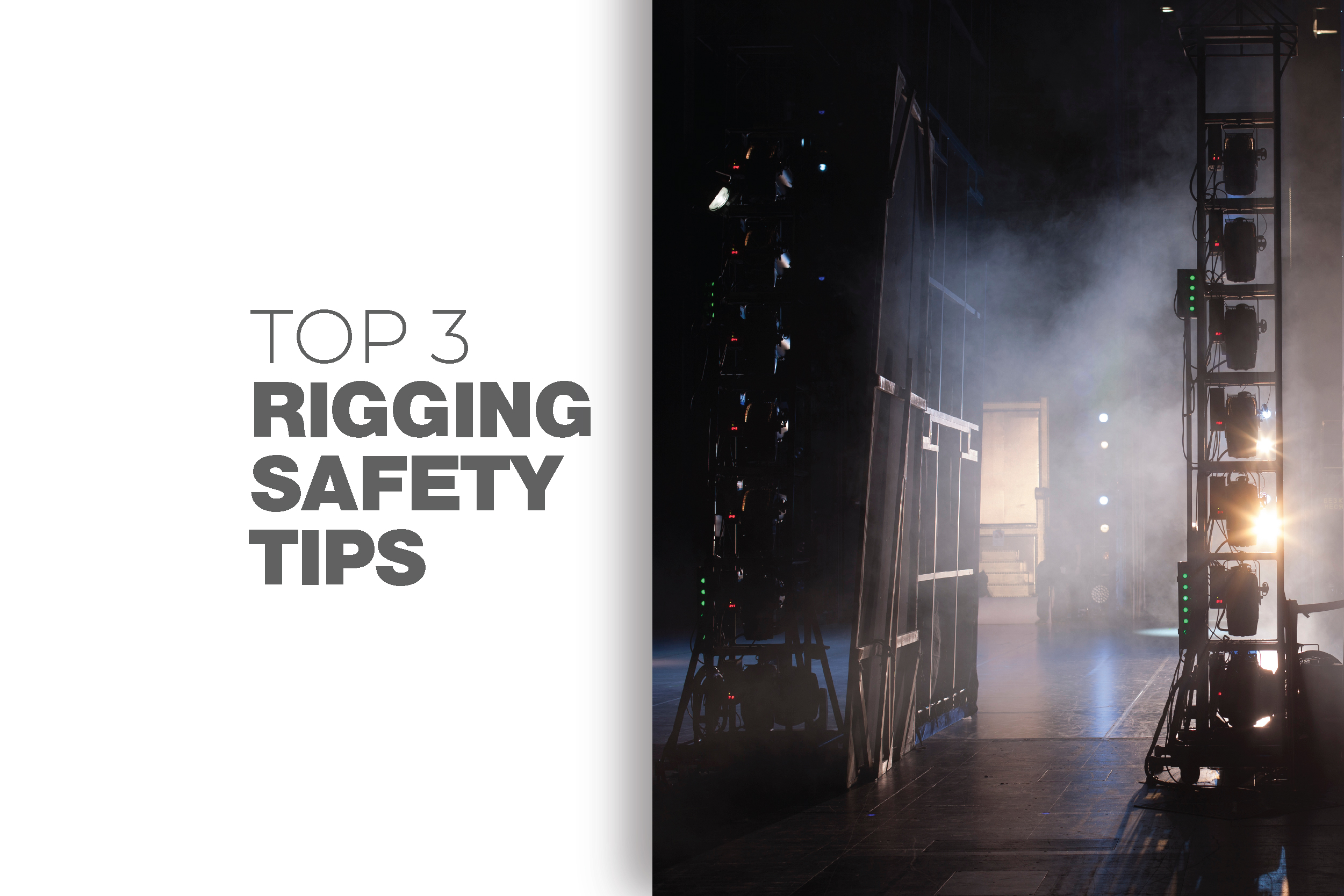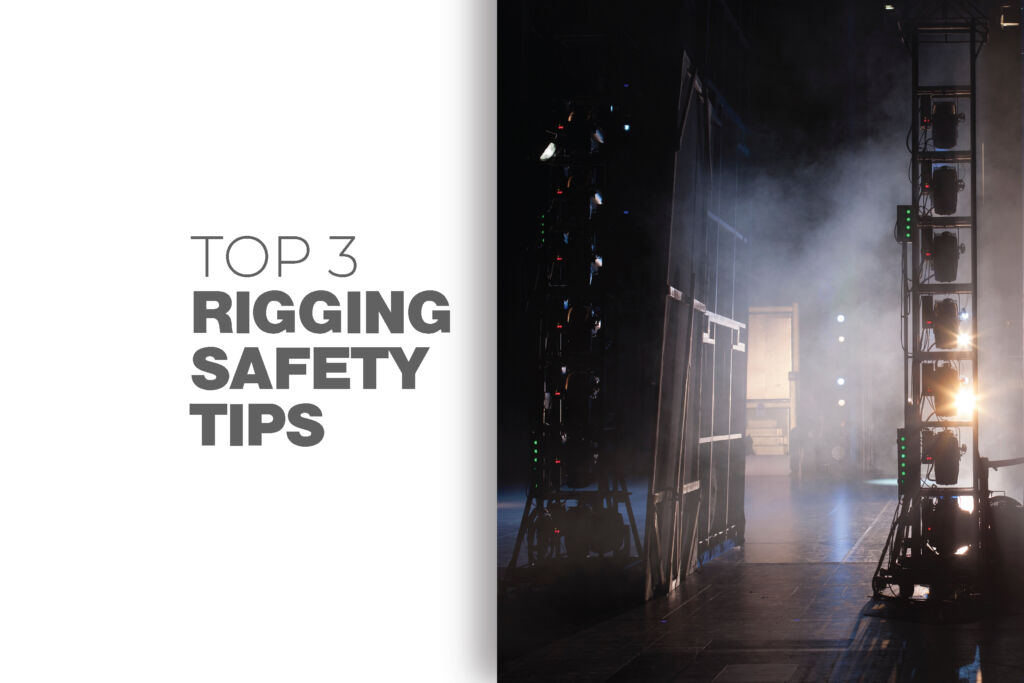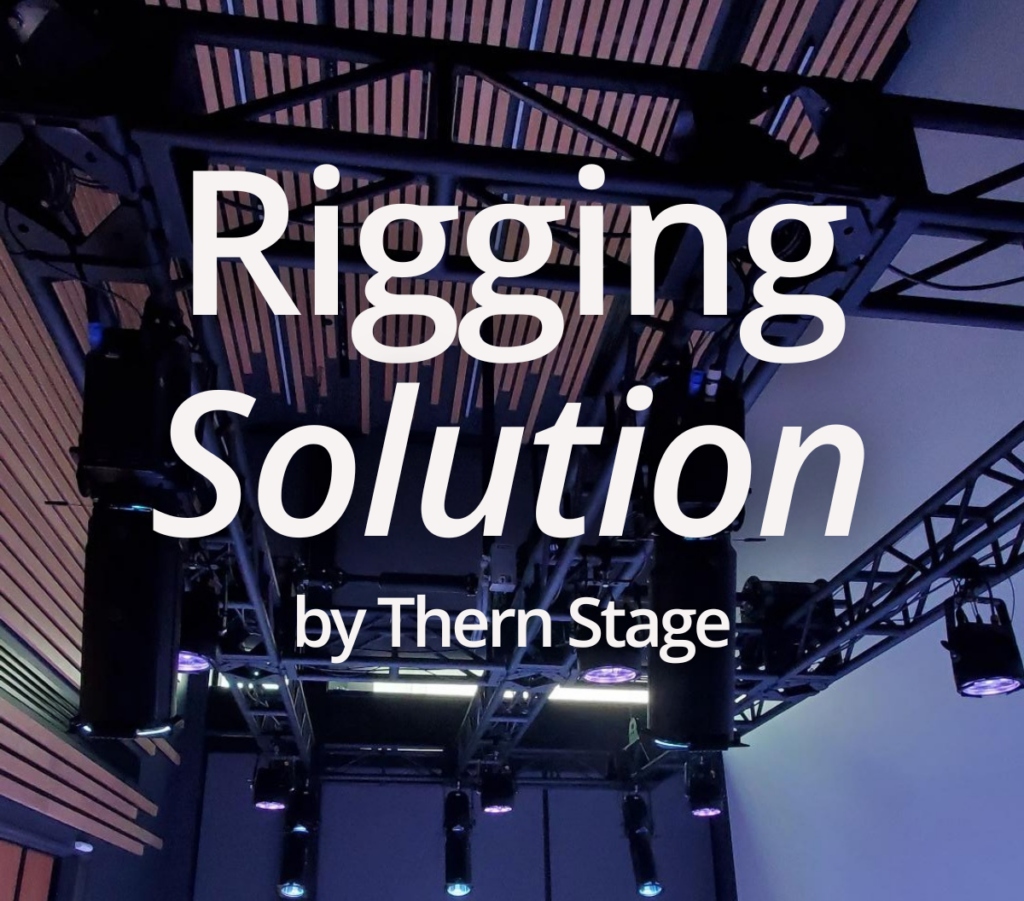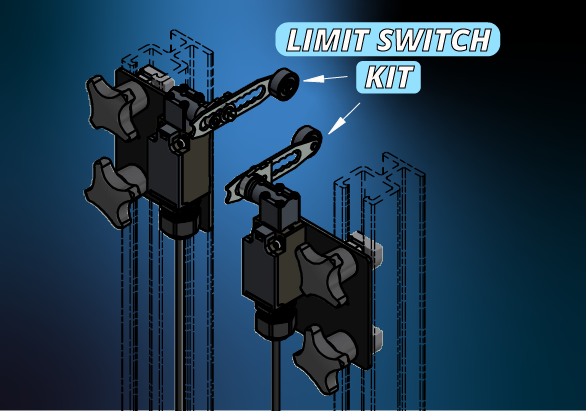Top 3 Rigging Safety Tips by a Theater Expert

In the theater realm, ensuring safety backstage is vital. Change is constant, with scenery being flown in, lights being positioned, along with many other tasks that can cause accidents. Thern Stage is a steadfast advocate for promoting safe rigging. As noted by Theatrical Technical Sales Representative Austin Utley, “It is a matter of life or death. We are working with very heavy equipment designed to hang over peoples’ heads. If you do not follow the ANSI and ETSA standards, it could result in someone getting seriously hurt.” To provide some insight on this important topic, we asked our Business Development Manager Paul Brunner for his top rigging safety tips that industry professionals should keep in mind.
Rigging Safety Tips to Prevent Accidents Backstage
1. Keep it Clean & Orderly
One of the best and easiest ways to improve theater and rigging safety that anyone can do is to keep the stage and technical spaces clean and orderly. There should be no loose items (blocks, ropes, tools, cables, scrap wood, etc.) on the rigging grid, catwalks, or galleries that could fall through to the stage or audience spaces below. It is best to secure these items, remove them from the area, or devise a way to ensure items cannot fall. It is best practice to plan regular monthly walkthroughs to monitor and maintain clean and orderly spaces in your theater.
2. Participate in Professional Safety Training
Backstage areas are industrial environments governed by OSHA workplace safety regulations. There are many online and in-person training opportunities designed for theater and entertainment technicians to understand and prevent hazards from becoming a problem. Having this valuable knowledge in mind can make all the difference during rigging operations.
3. Conduct Regular Rigging Inspections
Rigging should be inspected regularly. Formal inspections and reports should follow ANSI E1.47, Recommended Guidelines for Entertainment Rigging System Inspections. These guidelines help to determine what to inspect, how often to inspect, and whether a Level 1 or Level 2 inspection should be performed. Many of Thern Stage’s dealers provide inspection services, so feel free to contact us for recommendations. In addition to regular professional inspections, end-users should be familiar with basic rigging system inspection methods. We recommend reviewing product manuals for inspection instructions and seeking rigging training that offers instructions on basic self-inspection processes.
Accidents can happen within moments. Our team has heard of backstage incidents using non-Thern equipment that could have been prevented. “A student at a school improperly unloaded a batten without taking the necessary precautions. The arbor crashed to the ground and sent weights flying through the air. Thankfully, no one was hurt, but it caused tens of thousands of dollars in damage,” said Austin. With these rigging safety tips in mind, set yourself and your team up for success in the performances to come. If you are in need of a new rigging system or an individual component, connect with our team, and we’ll be happy to assist you!




